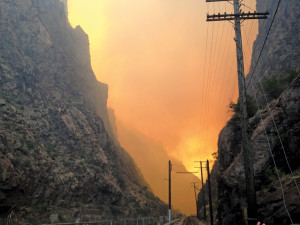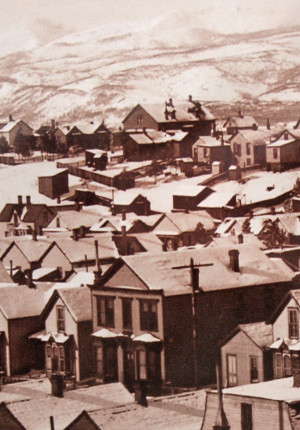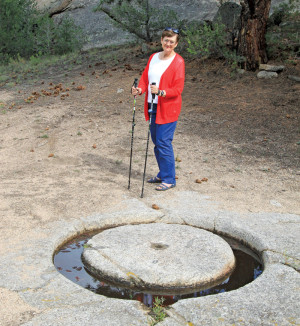By Mike Rosso
Forest fires are on most everyone’s minds in Colorado’s mountain communities right now. When thick, acrid clouds of smoke settled on Salida this past week, it reminded us all how volatile these mountains have become, and it only seems to be getting worse.
Our neighbors in Westcliffe, Cañon City and the San Luis Valley are all suffering from the effects of multiple fires in the region, the worst of which, the West Fork complex – nearly 160 miles from here – has already consumed 70,000 acres of beetle-kill spruce forests in the Weminuche Wilderness and is creating billowing clouds of smoke reaching as far as Colorado Springs.
Last year’s devastating Waldo Canyon fire near Colorado Springs was Colorado’s worst on record as far as property damage – until this year. This past month, the fire in the Black Forest area northeast of the Springs claimed two lives and over 500 homes, making it now the worst on record.
Why are these fires happening? There are a variety of reasons and theories: drought, beetlekill, climate change, soaring temperatures – even arson is being considered a suspect. Last year the governor created a task force to investigate the wisdom of constructing homes in potentially hazardous locations.
Many locals and newcomers alike dream of living in the forest – the solitude, clear skies and wildlife are all part of the Western Dream, a dream that can quickly turn into a nightmare with one lightning strike or smoldering campfire. Rural residents are encouraged to create “defensible space” – clearing away debris, low-hanging branches, even removing trees adjacent to structures – in order to have some protection from wildfires. Many of my friends and acquaintances who live in the woods have done just this but still know that there are inherent hazards to living in the mountains.
Yet in most communities, there are no limitations placed on these homes – no additional cost for building permits or property insurance. These are some of the issues being looked into by the task force. One suggestion is that the communities themselves be responsible for the cost of suppression of fires, rather than the U.S. government and by extension, the taxpayers. These communities might then think twice before granting permits for construction in high-risk areas.



